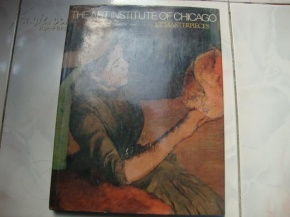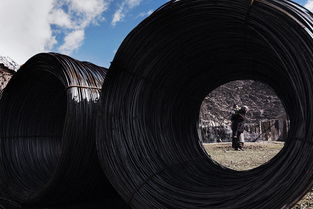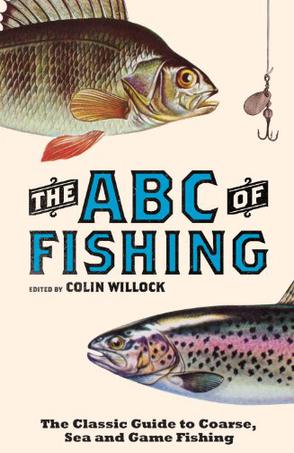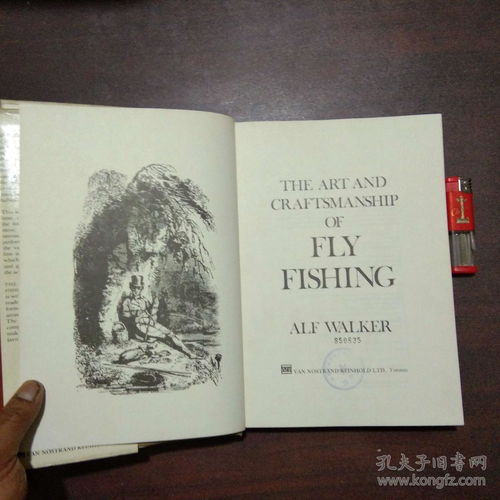Content:
Fishing along a gutter stream can be an enjoyable and rewarding experience, offering a unique challenge to anglers. These narrow waterways, often found in urban or suburban settings, can be teeming with fish, but they also present their own set of challenges. In this article, we will delve into the art of fishing along a gutter stream, offering valuable tips and techniques to help you catch more fish in this unique environment.
Understanding the Gutter Stream Environment
Before we dive into the fishing techniques, it's important to understand the characteristics of a gutter stream. These waterways are typically shallow, with fast-moving water and a rocky or sandy bottom. They are often surrounded by urban landscapes, which can affect the water quality and fish populations. Here are some key points to consider:
Water Flow: Gutter streams have fast-moving water, which can make it difficult for fish to feed. Therefore, it's important to use techniques that allow your bait or lure to stay in the strike zone for longer periods.
Water Quality: Urban environments can lead to poor water quality, which can be detrimental to fish health. Look for areas with cleaner water, such as those with more natural vegetation or a lower human footprint.
Fish Species: Gutter streams often host a variety of fish species, including catfish, minnows, and sunfish. Understanding the local fish population will help you choose the right bait and lure.
Essential Gear for Gutter Stream Fishing
The right gear can make a significant difference in your fishing success. Here's a list of essential equipment for gutter stream fishing:
Rod and Reel: A medium-action rod with a spinning reel is ideal for gutter stream fishing. The rod should be light enough to handle the fast-moving water but strong enough to land a good-sized fish.
Line: Use a monofilament line with a breaking strength of 6 to 12 pounds. This line is versatile enough for a variety of baits and lures while being strong enough to handle the currents.
Bait and Lures: Live bait, such as worms or minnows, can be effective, but artificial lures like spinners, jigs, and grubs can also work well. Choose baits and lures that mimic the natural prey of the fish in your area.
Hooks: Use small hooks that match the size of your bait or lure. This will help ensure a good hook-set and reduce the likelihood of losing fish.
Waders: Depending on the depth of the stream, you may need waders to keep your feet dry and stable. Be sure to choose the right height and material for the conditions.
Techniques for Gutter Stream Fishing
Now that you have the right gear, let's discuss some effective techniques for fishing along a gutter stream:
Cast and Retrieve: This is a simple yet effective technique. Cast your lure or bait into the stream and retrieve it in a smooth, steady motion. Pay attention to the water flow and adjust your retrieve speed accordingly.
Jigging: Jigging involves quickly lifting and dropping your lure in the water. This mimicry of a struggling fish can attract curious or hungry fish. Be sure to use a quick, erratic motion to entice strikes.
Dead Sticking: This technique involves letting your bait or lure sit still in the water for an extended period. It's particularly effective for fish that are not actively feeding. Simply cast your bait and let it drift with the current, occasionally twitching it slightly.
Stalking: If you notice fish in a particular area, approach them cautiously and try to present your bait or lure without spooking them. This requires patience and a quiet approach.
Trolling: In some cases, you may want to move along the stream and troll your lure behind you. This can be effective for covering more water and attracting fish that may be spread out.
Safety and Conservation
Fishing along a gutter stream can be a fun and relaxing activity, but it's important to prioritize safety and conservation:
Stay Safe: Always be aware of your surroundings, especially when wading through the stream. Be cautious of slippery surfaces and fast currents.
Respect the Environment: Keep your fishing area clean and respect the local wildlife. Avoid disturbing the natural habitat and dispose of trash properly.

Limit Catch and Release: Gutter streams can be small and sensitive ecosystems. Limit the number of fish you keep and practice catch-and-release whenever possible.
In conclusion, fishing along a gutter stream can be a delightful and productive pastime. By understanding the unique characteristics of these waterways, choosing the right gear, and employing effective techniques, you can increase your chances of success. Remember to prioritize safety and conservation to ensure that these urban gems remain enjoyable for years to come. Happy fishing!












